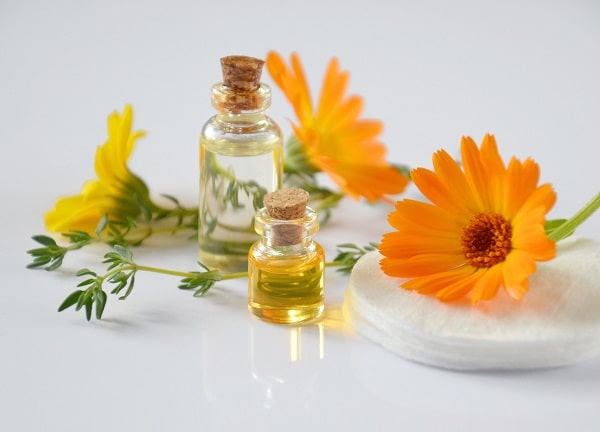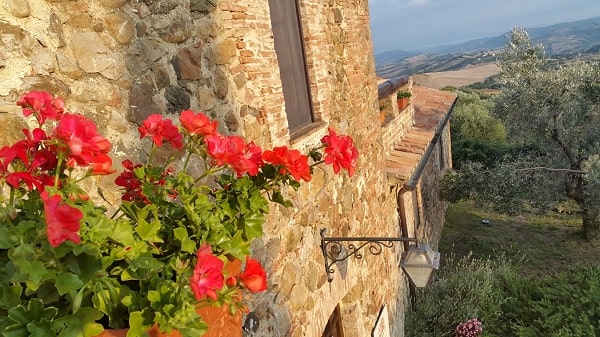9 Eco Green Fabrics: A Guide for Environmentally Conscious You
Hiya Beautiful,
Today I am going to present an article 9 Eco Green Fabrics, written by my dear friend Karen Brunger. Karen is an award-winning international trainer and author in holistic image.
9 Eco Green Fabrics – Eco friendly fabrics
It used to be that ‘eco fashion’ meant rustic, itchy fabrics and earthy, drab colours. But today’s green fashion is high quality, luxurious, soft fabrics in cutting edge, designer styles – and usually with superior characteristics and a lower cost than traditional fabrics!
9 Eco Green Fabrics – What is Eco Green?
Here are some definitions that can help you navigate through environmental consciousness.
♥ Eco-conscious
Being concerned for the environment
♥ Ecological footprint
The amount of natural resources required to sustain a plant or animal to full growth
♥ Fair trade
People that make the textiles and clothing are paid a fair price and have decent working conditions.
♥ Organic
Fibres that are grown and produced without chemically formulated fertilizers, pesticides, insecticides, herbicides growth stimulants etc.
♥ Reclaimed
Textiles or garments that have been discarded and are suitable for re-use.
♥ Recycled
Textiles that have been manufactured from previous products, such as bottles.
♥ Renewable
Resources that can be replenished within a few years.
[bctt tweet=”It used to be that ‘eco fashion’ meant rustic, itchy fabrics and earthy, drab colours. But today’s green fashion is high quality, luxurious, soft fabrics in cutting edge, designer styles…”]
9 Eco Green Fabrics: A Guide for Environmentally Conscious You
BAMBOO
Bamboo is a grass, so it is biodegradable and has ability to breathe. As the fastest growing plant in the world, it is also highly renewable. It has antibacterial and anti-fungal properties. The fabric is soft, luxurious, stretchy, comfortable, and strong – great for daily wear and active wear.
COTTON – ORGANIC
Non-organic cotton accounts for approximately 10 percent of the world’s pesticides, and 25 percent of the world’s insecticides. Non-organic cotton seeds are always genetically modified. These chemicals are associated with health consequences such as cancer, birth defects, and asthma. Non-natural bleaches and dyes release further toxins. Organic cotton is grown chemical-free, and its farming uses beneficial insects, biological cultural practices to control pests.
FLAX
Linen is obtained from fibers of the flax plant, and so it is biodegradable and recyclable. The production takes less water and energy than cotton. The fabric can range from very fine to very coarse.
HEMP
Hemp plants grow quickly and densely. They require only an average amount of water and are pest-resistant. They do not require herbicides, pesticides, or fertilizers. Hemp can be spun into yarns with minimum processing. The fibers are more durable, absorbent, and insulating than cotton.
PEACE SILK
Conventional silk requires that the silkworms are killed. To make peace silk, the silkworms leave the cocoon, and the silk filament is spun. The fabric is lighter than regular silk.
SEAWEED
We know it’s healthy to ingest, but apparently it’s also healthy to wear. SeaCell, the fiber made from seaweed, is soft, breathable, and luxurious. The high nutrient content, combined with anti-inflammatory properties, contribute to the well-being that people experience when the fiber is next to the skin.
SOY SILK
Soy silk is made of by-products of tofu. The liquid is extruded into fibres, which are dried and then spun into yarns. The high protein content allows it to easily absorb natural dyes. The fabric is soft, luxurious and breathable, as well as durable and washable. It is often, referred to as “vegetable cashmere”.
WOOD PULP
Lyocell and Modal are two fabrics produced in a solvent-spinning process from wood pulp. The resulting fabric is very smooth and supple, which is good for sensitive skin. It also has very good wicking properties, keeping moisture away from the skin.
WOOL ORGANIC
The downside
1. Sheep manure leaches into the water supply.
2. Bleaching and dyeing creates toxins which are released into the air and water.
The upside
Wool is a renewable resource, and natural dyes can be used. For organic wool, the livestock’s food is organic, and no growth hormones or synthetic insecticides are used.
SHARE THE LOVE!
OTHER RECOMMENDED POSTS

Dry Skin: You can Have It On Your Skin and Eat It Toohis is the heading

Healing Through Touch: The Ancient Hands-on Treatments Today

